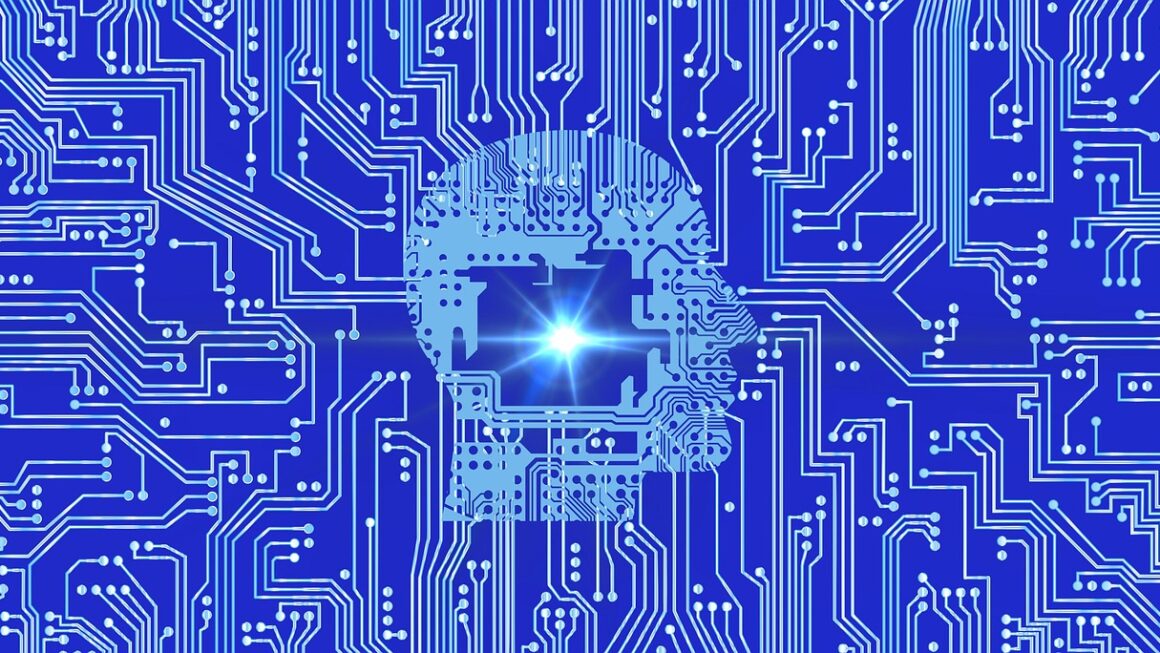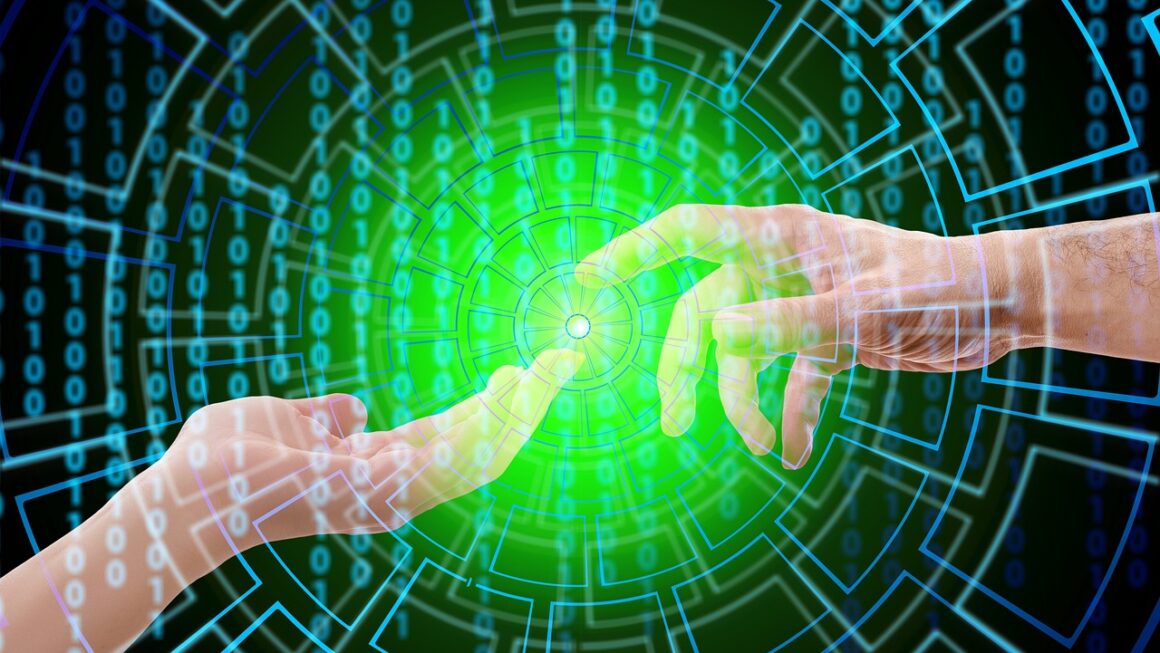Artificial intelligence (AI) and robotics, once confined to the realm of science fiction, are now rapidly converging to revolutionize industries and reshape our daily lives. This powerful combination promises to bring unprecedented levels of automation, efficiency, and problem-solving capabilities across various sectors, from manufacturing and healthcare to logistics and even entertainment. Dive in as we explore the fascinating world of AI robotics, examining its applications, benefits, and future potential.
What is AI Robotics?
Defining AI Robotics
AI robotics is the integration of artificial intelligence with robotic systems. It goes beyond traditional robotics, which relies on pre-programmed instructions, by enabling robots to perceive their environment, learn from data, make decisions, and adapt to changing circumstances. AI-powered robots can perform complex tasks that require intelligence, adaptability, and problem-solving skills.
- Traditional Robotics: Executes pre-defined tasks based on fixed programs.
- AI Robotics: Adapts to dynamic environments and learns from experience using AI algorithms.
Key Components of AI Robotics
Several key components contribute to the functionality of AI robotics:
- Sensors: These gather data from the environment, such as cameras, lidar, and tactile sensors.
- AI Algorithms: These include machine learning (ML), deep learning (DL), and natural language processing (NLP), which allow robots to process data, recognize patterns, and make decisions.
- Actuators: These enable robots to interact with the physical world, such as motors, grippers, and robotic arms.
- Control Systems: These manage the robot’s movements, actions, and overall behavior.
Example: Autonomous Mobile Robots (AMRs) in Warehouses
Consider Amazon’s use of AMRs in their warehouses. These robots use AI to navigate complex environments, identify and retrieve items, and transport them to packing stations. Unlike traditional automated guided vehicles (AGVs), AMRs can dynamically adjust their routes based on real-time conditions, optimizing efficiency and reducing bottlenecks. This contrasts with AGVs, which follow fixed pathways.
Applications of AI Robotics
Manufacturing
#### Automating Production Lines
AI-powered robots are transforming manufacturing by automating repetitive and physically demanding tasks, improving efficiency and reducing errors. For example, robots can perform welding, assembly, and quality control with greater precision and speed than human workers.
- Benefits: Increased productivity, reduced labor costs, improved product quality, and enhanced worker safety.
#### Predictive Maintenance
AI algorithms can analyze data from sensors on machines to predict when maintenance is needed, minimizing downtime and reducing the risk of equipment failure.
- Example: An AI system monitors the vibrations and temperature of a robotic arm. When these parameters exceed certain thresholds, the system automatically schedules maintenance, preventing potential breakdowns.
Healthcare
#### Surgical Robots
Surgical robots, such as the da Vinci Surgical System, allow surgeons to perform minimally invasive procedures with enhanced precision, dexterity, and control. These robots are equipped with AI-powered image recognition and guidance systems, improving surgical outcomes and reducing patient recovery times.
#### Automated Medication Dispensing
Robotic systems can automate the dispensing of medications in hospitals and pharmacies, reducing errors and improving efficiency. This helps prevent medication errors and allows pharmacists to focus on patient care.
Logistics and Supply Chain
#### Autonomous Delivery Vehicles
AI-powered robots and drones are being used to automate last-mile delivery, reducing costs and improving delivery times. These vehicles can navigate complex urban environments, avoid obstacles, and deliver packages directly to customers’ doorsteps.
- Example: Starship Technologies’ delivery robots are used in several cities to deliver groceries, food, and packages to customers.
#### Warehouse Automation
AI robots can automate various warehouse tasks, such as picking, packing, and sorting items. This increases efficiency, reduces labor costs, and improves order fulfillment accuracy.
Agriculture
#### Precision Farming
AI robots can perform tasks such as planting, weeding, and harvesting crops with greater precision and efficiency than traditional methods. These robots use sensors and AI algorithms to optimize resource utilization, reduce waste, and improve crop yields.
- Example: Blue River Technology’s “See & Spray” system uses computer vision and AI to identify weeds and spray them with herbicides, reducing the amount of chemicals used and minimizing environmental impact.
Benefits of AI Robotics
Increased Efficiency and Productivity
AI robots can work continuously without breaks, fatigue, or errors, leading to significant gains in efficiency and productivity. They can perform tasks faster and more accurately than human workers, increasing throughput and reducing cycle times.
Cost Reduction
By automating labor-intensive tasks, AI robots can significantly reduce labor costs, as well as costs associated with errors, waste, and downtime.
Improved Safety
AI robots can perform tasks in hazardous environments that are dangerous or unsuitable for human workers, reducing the risk of accidents and injuries.
Enhanced Accuracy and Precision
AI robots can perform tasks with greater accuracy and precision than human workers, leading to improved product quality and reduced defects.
Data-Driven Decision Making
AI robots can collect and analyze vast amounts of data, providing valuable insights that can be used to optimize processes, improve performance, and make better decisions.
Challenges and Future Trends
Technical Challenges
- Developing Robust AI Algorithms: Creating AI algorithms that can handle complex and unpredictable environments remains a significant challenge.
- Improving Sensor Technology: Enhancing the accuracy and reliability of sensors is crucial for enabling robots to perceive their environment effectively.
- Ensuring Cybersecurity: Protecting AI robots from cyberattacks and unauthorized access is essential to prevent disruptions and maintain data security.
Ethical Considerations
- Job Displacement: The widespread adoption of AI robotics may lead to job displacement, requiring proactive measures to retrain and reskill workers.
- Bias and Fairness: AI algorithms can perpetuate biases present in the data they are trained on, leading to unfair or discriminatory outcomes.
- Autonomous Weapons: The development of autonomous weapons systems raises ethical concerns about accountability and the potential for unintended consequences.
Future Trends
- Human-Robot Collaboration (Cobots): Cobots are designed to work alongside human workers, assisting them with tasks that are physically demanding, repetitive, or dangerous.
- Edge Computing: Processing data locally on robots, rather than sending it to the cloud, can reduce latency, improve responsiveness, and enhance privacy.
- AI-as-a-Service: Cloud-based platforms that provide access to AI algorithms and tools will make AI robotics more accessible to small and medium-sized businesses.
Conclusion
AI robotics represents a transformative technology with the potential to revolutionize industries and improve our lives in countless ways. While challenges remain, the benefits of increased efficiency, reduced costs, improved safety, and enhanced accuracy are undeniable. As AI algorithms and robotic systems continue to advance, we can expect to see even more innovative applications of AI robotics in the years to come. Staying informed about these developments and addressing the ethical considerations proactively will be crucial for harnessing the full potential of AI robotics responsibly and sustainably.




